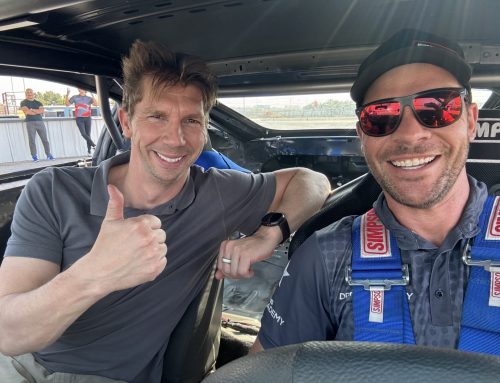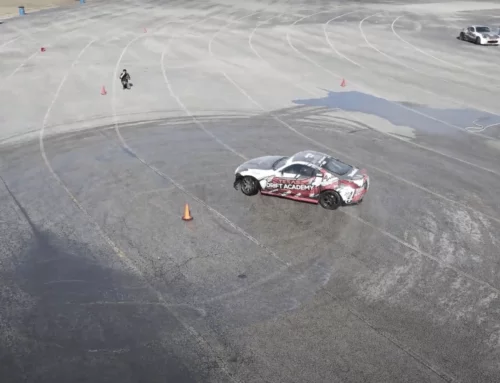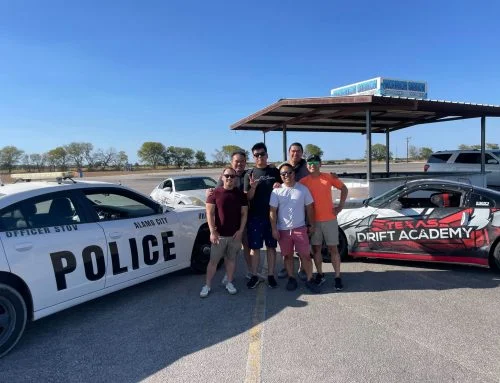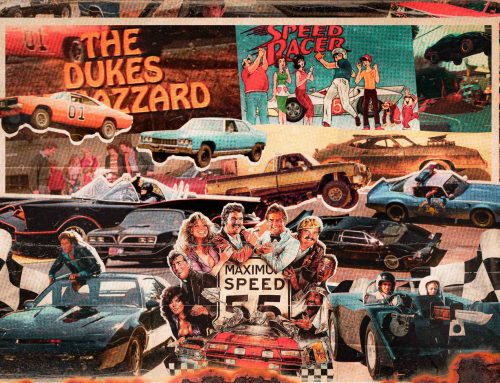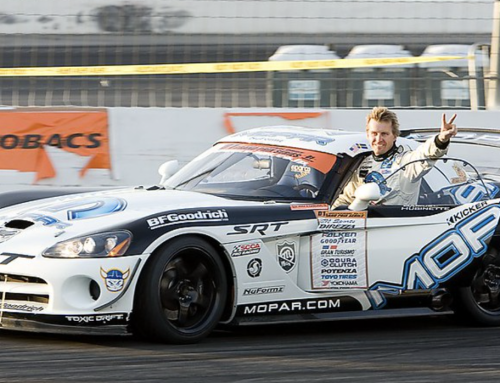Three Practical Takeaway from Coaching a Former Navy SEAL at Texas Drift Academy
At Texas Drift Academy, where we specialize in High-Performance Driver Education (HPDE), we recently had the opportunity to coach Jeff, a former Navy SEAL from Team 4. Jeff’s training in the military opened our eyes to the striking similarities between SEAL methods and our performance driving training.
Lesson 1: “Slow is Smooth, Smooth is Fast”
One of the first things Jeff noticed was our emphasis on starting slowly and mastering the basics, just like in SEAL training. The saying “Slow is smooth, smooth is fast” isn’t just a military catchphrase—it’s an effective training principle.
In the world of HPDE, it’s easy to get caught up in the excitement and rush for speed. But if you don’t start with the basics, you risk turning your driving experience into a risky endeavor. Whether you’re handling a high-horsepower car or a military weapon, the principle remains the same: start slow, aim for smoothness, and only then can you achieve speed effectively and safely.
Lesson 2: “Crawl, Walk, Run”
Another key parallel Jeff brought up was the idea of progression. SEALs start by mastering the most basic skills, summed up in the phrase “Crawl, Walk, Run.” In the context of performance driving training, you might start with something as basic as learning to control the car under different conditions (crawl), before you move on to more advanced driving techniques like drifting (walk), and finally compete in high-speed conditions (run).
Progression ensures that you’re building on a solid foundation that could be the difference between a successful driving experience and a failed one.
Lesson 3: Mind and Body Must Be in Sync
The third lesson Jeff shared was the importance of physical execution alongside mental understanding. In his words, “It can be in the head but if it’s not in the body, it’s not going to happen right.”
In SEAL training, understanding a maneuver in theory isn’t enough; it has to be physically ingrained through repetition. The same goes for HPDE and any driving school focused on performance. Knowing the physics behind a perfect drift won’t be enough when you’re at the wheel; you need the muscle memory that comes from practice. This turns driving from a purely mental exercise into a skill that is ingrained in your muscle memory.
Why These Lessons Matter
Finally, why do these military principles have a place in HPDE and performance driving training?
Jeff said it best: “We like to say in the teams that the military makes everything this fun suck. So every once in a while you like to go do things that are just fun like this.”
Driving, at its core, is an experience meant to be enjoyed. But to truly enjoy it, and to get the most out of any performance driving experience, a methodical approach to training matters. Whether it’s SEAL training or racing, these lessons have universal applicability in any high-stakes, skill-based endeavor.

